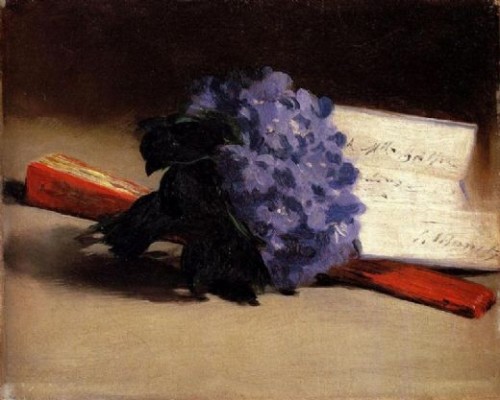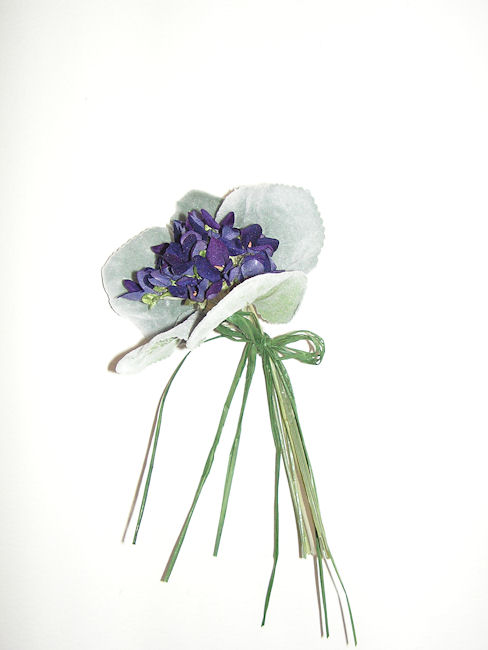Bouquet of Violets by Edouard Manet
Posted by Kathryn Edwards
AT no time does solemnity so possess our souls as when we stand deserted at the brink of darkness into which our loved one has gone. And the last place in the world where we would look for comfort at such a time is in the seeming artificiality of etiquette; yet it is in the moment of deepest sorrow that etiquette performs its most vital and real service.
So begins the chapter on Funerals in Emily Posts’ 1922 guide to etiquette here. Born into a privileged American home, Emily (1872–1960) had turned to writing after the divorce that resulted from her prominent banker husband’s extra-marital affairs with chorus girls.
The resultant industry under the Post banner continues to this day, with the 18th edition of the Etiquette book published last autumn, the ‘funerals’ chapter having morphed into ‘Loss, grieving and condolences’, and the locus of much activity to do with funerals now clearly taking place outside the home.
But back in 1922 the list of death-related functions in the home for which etiquette had a prescription includes ‘muffling the bell’, a notion so quaint that I turned to it at once. The practice is intended to signal to callers that the house is in mourning, so that the bell will not be rung unnecessarily nor long.
As a rule the funeral director hangs crepe streamers on the bell; white ones for a child, black and white for a young person, or black for an older person. …
If they prefer, the family sometimes orders a florist to hang a bunch of violets or other purple flowers on black ribbon streamers, for a grown person; or white violets, white carnations—any white flower without leaves—on the black ribbon for a young woman or man; or white flowers on white gauze or ribbon for a child.
This grace doesn’t last long, however: the instruction is that whoever is taking care of the house should remove this mourning emblem while the funeral cortege is at the cemetery. But while it lasts, what a lovely idea.



Interesting. reminds us that viewed objectively, ritual items are random – violets? Why not gladioli? It’s social acceptance and understanding of the intended symbol that makes them resonate.
Also rather lovely and intricate.
And – reminds us of the value of what is here called etiquette, that “seeming artificiality”which some people find helpful.
Many of us want to break down the tired, post-victorian pseudo-retro of funeral direction – but of course to people who are familiar with it, it can still have that helpful distancing effect. The
muffling of sounds – in Dickens’ “Bleak House,” when Sir Leicester Dedlock dies, they put straw in the streets outside his London house so horses’ hooves and passing carriages don’t make too much noise. Presumably this was based on custom and practice, though also presumably, only for those seen as important/wealthy/powerful. Mourning was clearly a period of quiet withdrawal from the world.
It seems that in the ‘language of flowers’, the symbology attributed to them, violets were seen in ancient Rome as the colour of blood and mourning. They have also been thought to represent love and faithfulness, modesty, and (pre-Christian) resurrection.
H’m. It teaches one to be so careful with one’s button-hole, what?